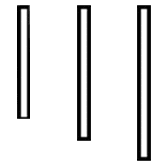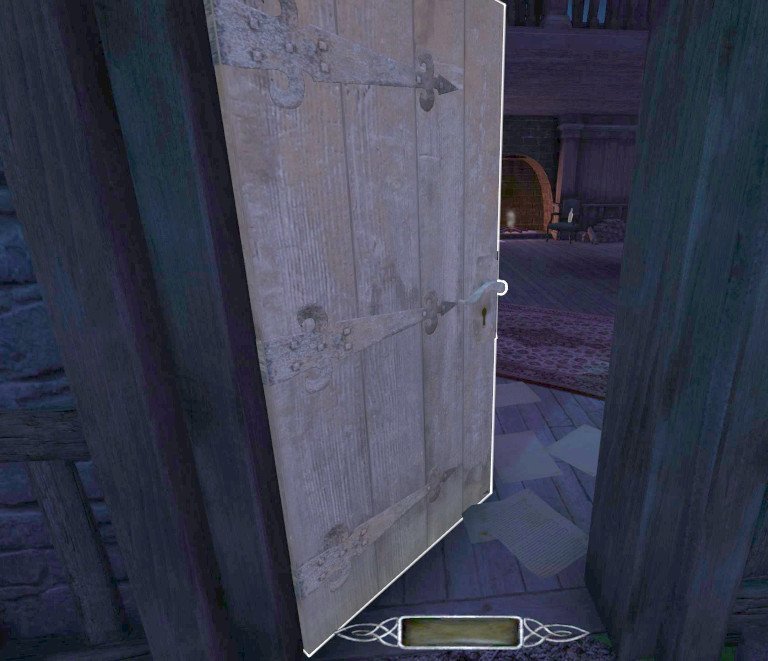-
Posts
8649 -
Joined
-
Last visited
-
Days Won
66
Everything posted by OrbWeaver
-
Does anyone actually use the Normalise button in the Surface inspector? Even after looking at the code I'm not quite sure what it's for.
- Show previous comments 4 more
-

OK, looks like the button is supposed to evenly spread the pixel density of the texture across the selected surface tris so that the UV range is from 0 to 1. https://help.autodesk.com/view/MAYAUL/2022/ENU/?guid=GUID-3FDE8873-2169-412F-9A07-26F44E52C5DD
-

That's what I'd normally understand by "normalise", but that's not what the button does (you can achieve that effect using the Fit button with values of 1.0 and 1.0). It seems that Normalise is designed to take an extreme offset like 250% and reduce it to a corresponding smaller value like 50% without changing the visual appearance. But I'm not sure when you'd need to do that or how you would end up with such an extreme offset in the first place (the Surface Inspector wraps the offset value if you move past one texture width).
-

I've never understood what it's for either. Are there people in the D3 community who'd know that you can ask?
-
I like the new frob highlight but it would nice if it was less "flickery" while moving over objects (especially barred metal doors).
- Show previous comments 1 more
-

New for me, but I don't think it's that new in development terms. I just haven't updated my SVN for a while.
-

Do you mean the frob outline?
-

Yes, the white outline which appears around the frobbed object.



